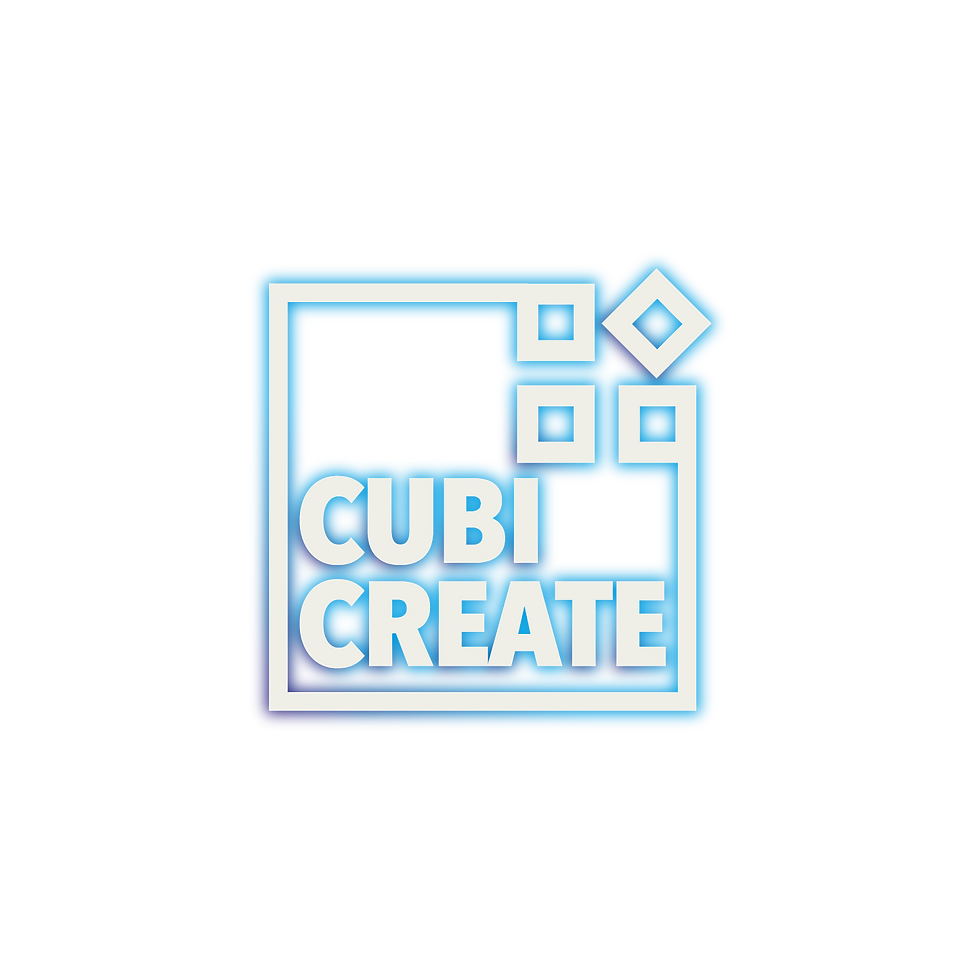Designing the Right Logo for Your Brand: Beyond Aesthetics
- Duygu Küçer

- 7 May
- 3 dakikada okunur

In the world of branding, a logo is more than just a visual symbol; it's the face of your brand, the first impression, and a key component of your brand identity. While creating the "world's most beautiful logo" might be tempting, the true goal should be designing a logo that aligns seamlessly with your brand's values, mission, and audience expectations.
Understanding the Role of a Logo
A logo serves as a visual representation of your brand's identity. It's the emblem that customers associate with your products or services. Therefore, it's crucial that your logo resonates with your brand's essence and communicates effectively with your target audience.
Key Considerations in Logo Design
Simplicity and Memorability: A simple logo is easier to recognize and remember. Think of iconic logos like Nike's swoosh or Apple's apple; their simplicity contributes to their memorability.
Relevance: Your logo should be relevant to your industry and audience. It should reflect your brand's personality and values.
Versatility: A good logo works across various mediums and applications. It should be scalable, looking great on everything from business cards to billboards.
Timelessness: Aim for a logo that stands the test of time. Avoid following design trends that may quickly become outdated.
Uniqueness: Ensure your logo is distinctive and sets you apart from competitors. A unique logo helps in building a strong brand identity.
Types of Logos
Understanding the different types of logos can help in choosing the right one for your brand:
Wordmarks: Logos based on the brand's name, using stylized text (e.g., Google, Coca-Cola).
Lettermarks: Initials or abbreviations used as logos (e.g., IBM, CNN).
Pictorial Marks: Icon or graphic-based logos (e.g., Apple, Twitter).
Abstract Marks: Geometric forms that represent your brand (e.g., Nike's swoosh).
Combination Marks: A combination of text and symbol/icon (e.g., Adidas, Lacoste).
Emblems: Text inside a symbol or icon; often used by schools or organizations (e.g., Starbucks, Harley-Davidson).
Color and Typography
Colors evoke emotions and convey messages. Choose colors that align with your brand's personality. Similarly, typography should reflect your brand's character. For instance, a law firm might opt for a traditional serif font, while a tech startup might choose a modern sans-serif typeface.
Adaptability Across Platforms
In today's digital age, your logo will appear on various platforms—websites, social media, print materials, merchandise, etc. Ensure your logo is adaptable and maintains its integrity across different mediums and sizes.
SEO Considerations for Logos
While logos are primarily visual, they can impact your website's SEO:
Alt Text: Use descriptive alt text for your logo image to improve accessibility and help search engines understand your site's content.
File Name: Name your logo file appropriately (e.g., brandname-logo.png) to enhance SEO.
Responsive Design: Ensure your logo displays correctly on all devices, contributing to a better user experience and potentially improving SEO rankings.
Conclusion
Designing a logo is a strategic process that requires a deep understanding of your brand and audience. By focusing on simplicity, relevance, versatility, timelessness, and uniqueness, you can create a logo that not only looks great but also strengthens your brand identity.
Curious to dive deeper?



